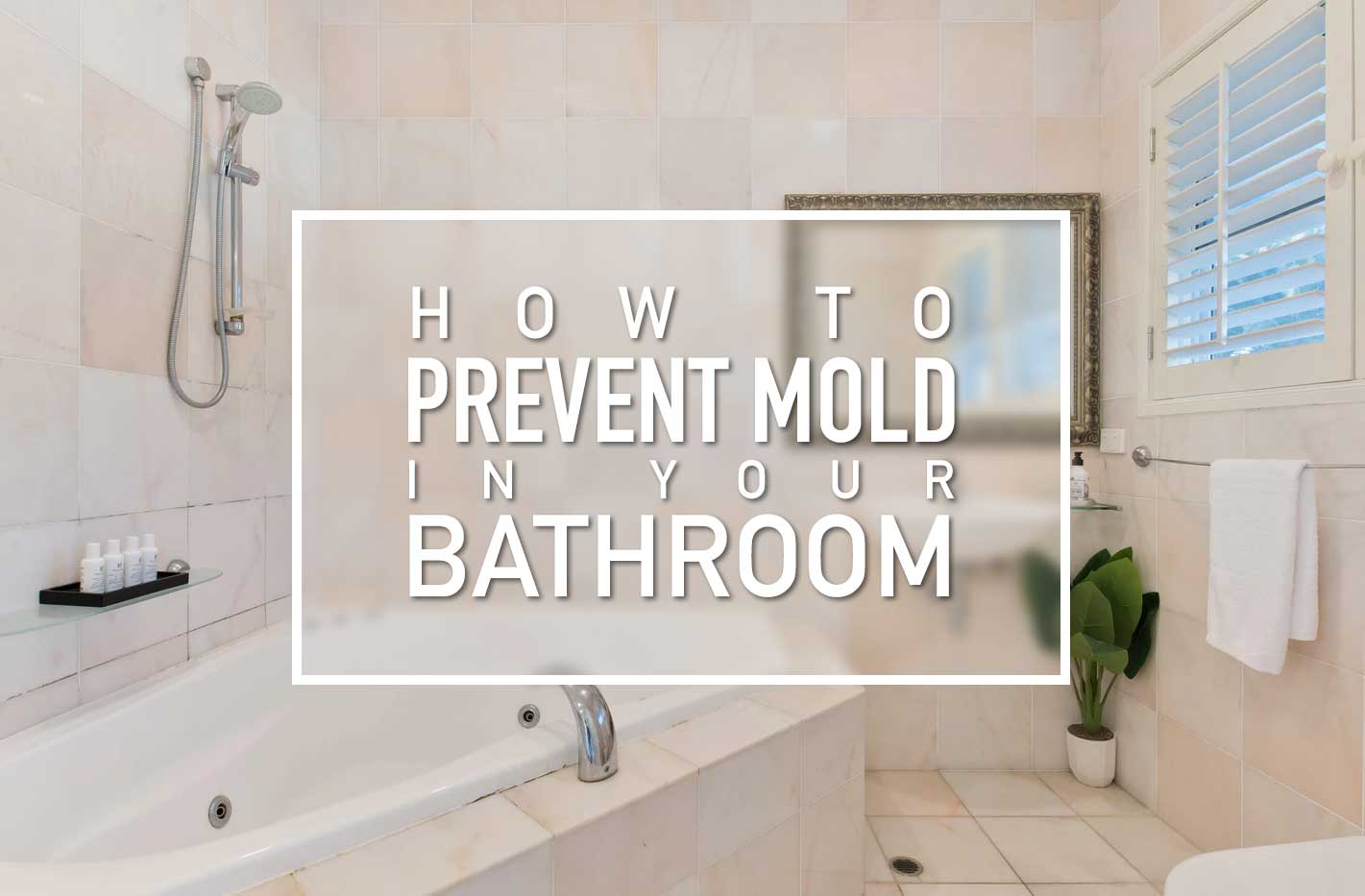Home Renovations – How To Prevent Mold In Your Bathroom

Bathrooms are arguably one of the most important rooms in the house, and also one of the easiest targets for mold. The constant presence of moisture and steam provides the perfect environment for mold growth.
While there are many methods for mold removal, we would like to focus on the products that are used for prevention. From the decorative features to the tiny gap fillers, all bathroom materials need to be carefully considered. With a wide range of knowledge and skills, Miller Construction could provide some tips on bathroom remodeling.
Mold-Resistant Drywall
All mold needs to thrive is water, oxygen, and organic material. The organic material is the drywall that has been exposed to moisture. Mold-resistant drywall substitutes the traditional paper-facing with a fiberglass mat. This prevents moisture from adhering to the drywall, removing the opportunity for mold growth. Alternatively, greenboard has been used in bathrooms and showers as a preventative building material. It’s not as effective in mold prevention but it’s a more cost-effective option.
Mold-Resistant Paint
When it comes to building or renovating your home, the atmosphere of each room depends largely on the color of paint chosen. Considerations about paint for the bathroom should not only be about the color but also whether it’s mold-resistant. The paint absorbs moisture, providing the perfect conditions for mold to grow. Mold-resistant paint is less absorbent and contains chemicals preventing mold from growing.
Wallpaper or Tiles?
Wallpaper is a relatively inexpensive way to add some character to a room. While modern wallpaper is relatively durable, it has a tendency to peel away from the wall in humid areas. If you decide to use wallpaper it’s a good idea to include a tiled backsplash above the sink. This protects the wallpaper from coming directly into contact with water. Similarly, the same goal can be achieved throughout the bathroom by tiling the lower half of the wall and papering the top half.
Available in a wide range of styles and textures, tiles not only provide a unique look but reduce your maintenance load. Tiles are easy to clean, waterproof, and durable.
Acrylic or Silicone Caulking?
Acrylic and silicone caulking have very different properties and are designed to play different roles. Acrylic caulking provides a clean, neat seal and is popular for its ease of use. Sealing gaps around windows and doors allow it to prevent cold from entering the house and warm air from escaping. While acrylic caulking has waterproof qualities, overtime it shrinks and distorts. Silicone caulking remains flexible for most of its lifespan. This means that it can maintain a waterproof barrier for longer. For this reason, silicone-based caulking is the preferred option for bathrooms.
Despite these differences, both generally contain fungicides to prevent the growth of mold.
Some materials are naturally mold-resistant, while others have been created for that purpose. When it comes to bathroom installation or renovations, it’s always a good idea to take preventative measures.
With the range of products on the market, it’s confusing when it comes time to choose the materials for your bathroom renovation. At Miller Construction pride ourselves in helping our customers build the living spaces of their dreams.